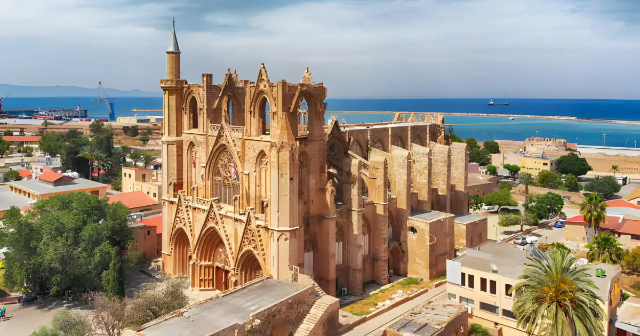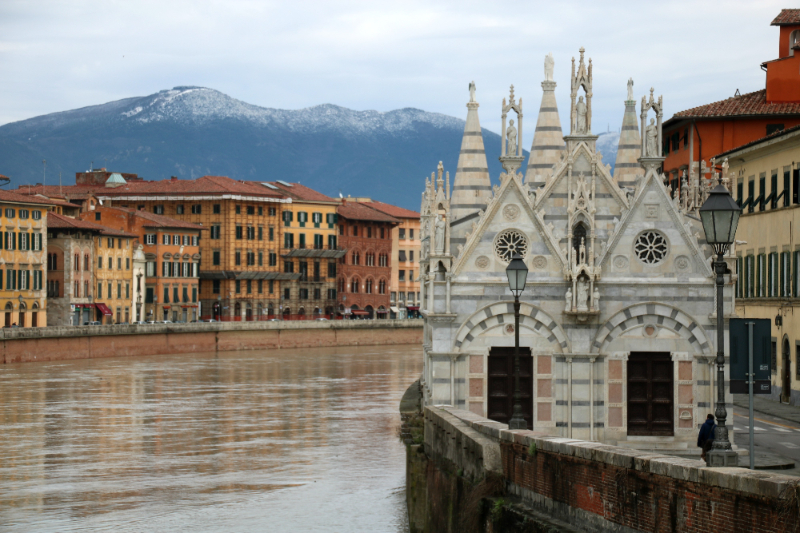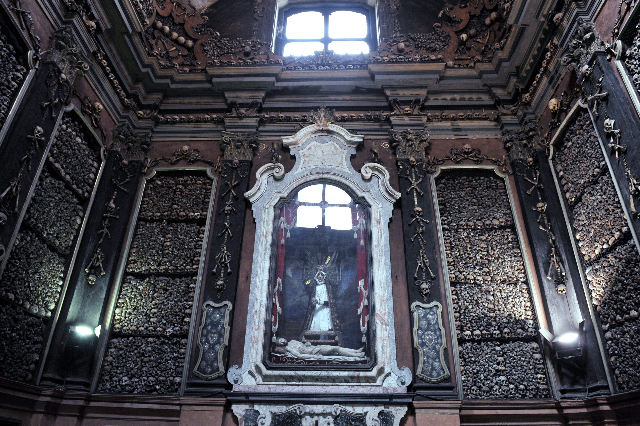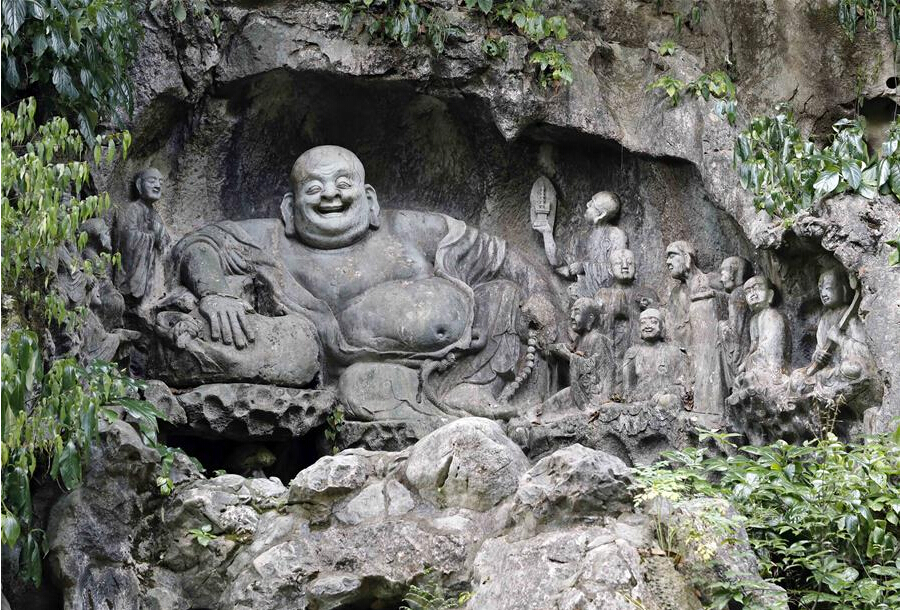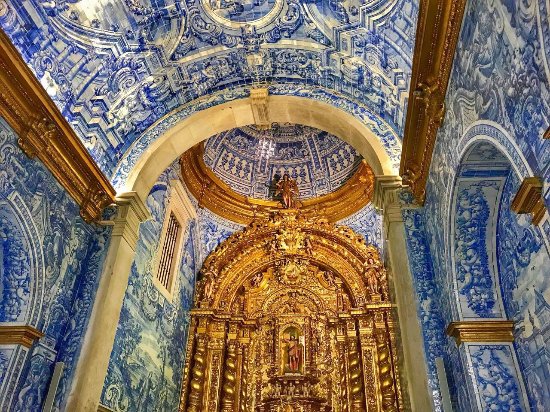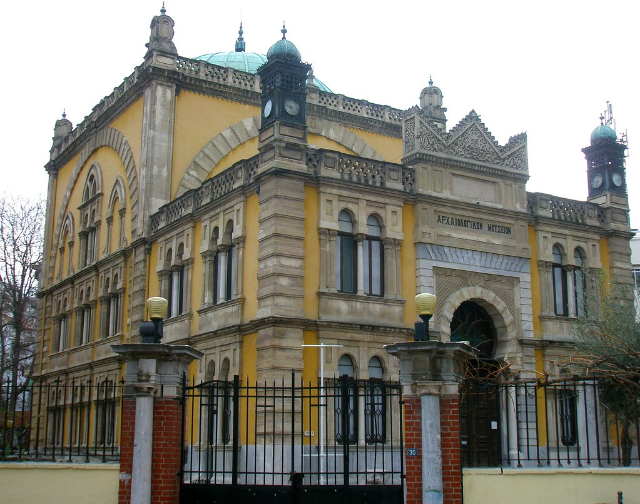Lala Mustafa Pasha Mosque in Famagusta, Northern Cyprus, is a striking example of the historical and architectural blending that characterizes many of the region’s structures. Originally built as St. Nicholas’ Cathedral between 1298 and 1312 during the Lusignan period, this building was converted into a mosque in 1571 following the Ottoman conquest of Cyprus. It was later renamed in 1954 after Lala Mustafa Pasha, the Ottoman general who led the siege of Famagusta.
The mosque is renowned for its impressive Gothic architecture, which bears a close resemblance to the Cathedral of Rheims in Paris, France. This similarity underscores the Gothic style’s widespread influence across medieval Europe, including in regions far from its origins. The structure’s features include towering spires, intricate stone carvings, and the grand scale typical of Gothic cathedrals.
Despite its conversion into a mosque, much of the original Christian architectural elements have been preserved. The transition from a cathedral to a mosque involved minimal structural changes, primarily the addition of Islamic features such as the mihrab (a niche indicating the direction of Mecca) and the removal of overt Christian symbols.
Today, Lala Mustafa Pasha Mosque stands as the largest medieval building in Famagusta and is a significant cultural and historical landmark. It is not only a place of worship but also a testament to the region’s layered history, representing centuries of religious and cultural shifts. This mosque is a focal point for visitors interested in the rich tapestry of Mediterranean history and architecture.

